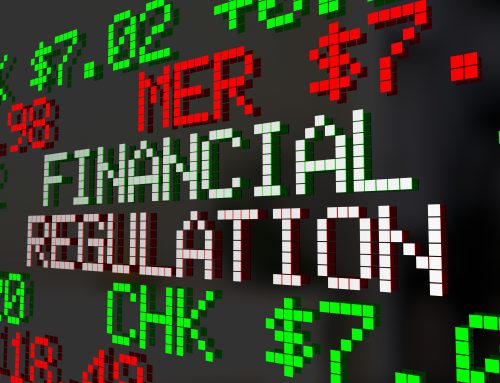 Investing that takes into account social, environmental, and governance factors, known as impact investing, ESG, or SRI, is on the rise and may be at a “tipping point,” according to Wharton School of Business. In the last two years, SRI assets have grown 33%, with $25 trillion assets worldwide.
Investing that takes into account social, environmental, and governance factors, known as impact investing, ESG, or SRI, is on the rise and may be at a “tipping point,” according to Wharton School of Business. In the last two years, SRI assets have grown 33%, with $25 trillion assets worldwide.
Women and millennial investors are leading the way. More women than men are asking their advisors for SRI products (60%/40%). A Bank of America survey found that 85% of millennials want to invest their money in ways that have a positive social impact.
Despite these statistics, impact investing remains a relatively small niche. There is a wide gap between the interest in and practice of impact investing. Lack of knowledge and the segregation of socially responsible departments within asset management firms may be sources of that gap. Training investment professionals about these products, who in turn can educate their clients through the use of data and storytelling, may help close the gap.
What’s Next?
Impact investing, despite its substantial gains, is still in a nascent phase. Innovation and disruptive change are key characteristics of the industry at the moment, but it is mostly disorganized, with little infrastructure and unclear data with respect to longer-term performance results. The Monitor Institute’s Industry Evolution graphic, found here, illustrates current and expected progress over the next 5-10 years.
Amit Bouri, chief executive of the Global Impact Investing Network (GIIN), says impact investing has a lot more “potential” than its current state:
“Impact investing is unintentionally the best kept secret of how you can invest. Most investors don’t even think they can invest in a way that answers their social and environmental priorities, while also meeting financial objectives.”
I will be exploring the many facets of impact investing in the coming months and the potential for asset managers and investors alike.





